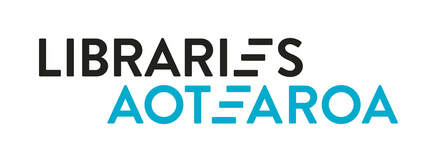A pioneering public engagement programme in the UK has demonstrated how partnering with higher education institutions (HEIs) can bring multiple benefits for participants, library staff and academic partners. With civic engagement a priority for both HEIs and public libraries, it’s the perfect time to explore the benefits of partnerships.
CAN YOU TELL US A LITTLE BIT ABOUT ENGAGING LIBRARIES?
The Engaging Libraries programme ran from 2016 until the end of 2021 and was funded by Wellcome and Carnegie UK, and joined by the Wolfson Foundation for the second phase. Public libraries across the UK worked with HEIs to collaboratively develop and deliver public engagement activities focused on health, society, and culture research. The ultimate goal was to energise people about academic research, to make it more accessible and relevant to people’s lives. I joined the programme as an independent evaluator in 2019 for its second phase, which involved 16 projects across all four nations of the UK, with 14 public library services and 57 partners across both academia and cultural/community organisations.

The projects tackled a huge range of different topics, carefully shaped as a result of the collaborative design process taken between the library and academic teams. What was particularly interesting for me, was how this programme showed that public libraries can positively use their existing skills to help academics engage people in what are often seen as ‘taboo’ research topics. For example in ‘Pause not Full Stop’, OnFife Libraries and the University of Bristol devised a series of online workshops including breadmaking and creative writing where participants had time to share their experience of menopause with a researcher. We also had projects focused on death and dying, identity and air quality. You can watch staff talking about these projects in these case studies.
SO WHERE DO YOU START? HOW CAN PUBLIC LIBRARIES FIND AN ACADEMIC PARTNER? AND WHAT SHOULD THEY BE LOOKING FOR IN A PARTNER?
Through formative evaluation, we spoke to the library teams and academics extensively throughout the programme to record their top tips for creating successful partnerships. One of the reoccurring pieces of advice was to thoroughly do your research from the beginning. For example, start by thinking about which audiences you want to engage with your work and consider which HEIs are more likely to help you access them. Invest time in talking with academic partners about whether your goals align before you commit – we found that partnerships with shared aims from the beginning worked most effectively. For example, Glasgow Libraries and the University of Dundee described how shared language and understanding right from the start put them on a level playing field when it came to project ownership.
HOW DID THE COVID-19 PANDEMIC IMPACT THE PROGRAMME? WAS THERE ANY PARTICULAR LEARNING THAT CAME FROM DELIVERING DURING THE UK LOCKDOWNS?
Most of our projects had to shift their public engagement activity online during the pandemic in 2020 and 2021. Whilst this wasn’t without its challenges, it showed that effective public engagement doesn’t have to always be face to face. Online projects like ‘Telling the Tale’ by Hammersmith and Fulham Libraries and Imperial College London (SCARU) meant that teenagers and adults from diverse backgrounds could meet scientists for the first time. Rather than exclude audiences, we found that moving activity online increased the intended reach and diversity of audiences. In fact, 93% of HEI partners involved agreed that working with libraries had helped them reach completely new audiences. It also meant that people were included who wouldn’t ordinarily participate due to financial, intellectual, or physical barriers.
Key links:
Engaging Libraries Toolkit
Engaging Libraries Case Studies
Engaging Libraries Evaluation Findings in Brief Report




 RSS Feed
RSS Feed